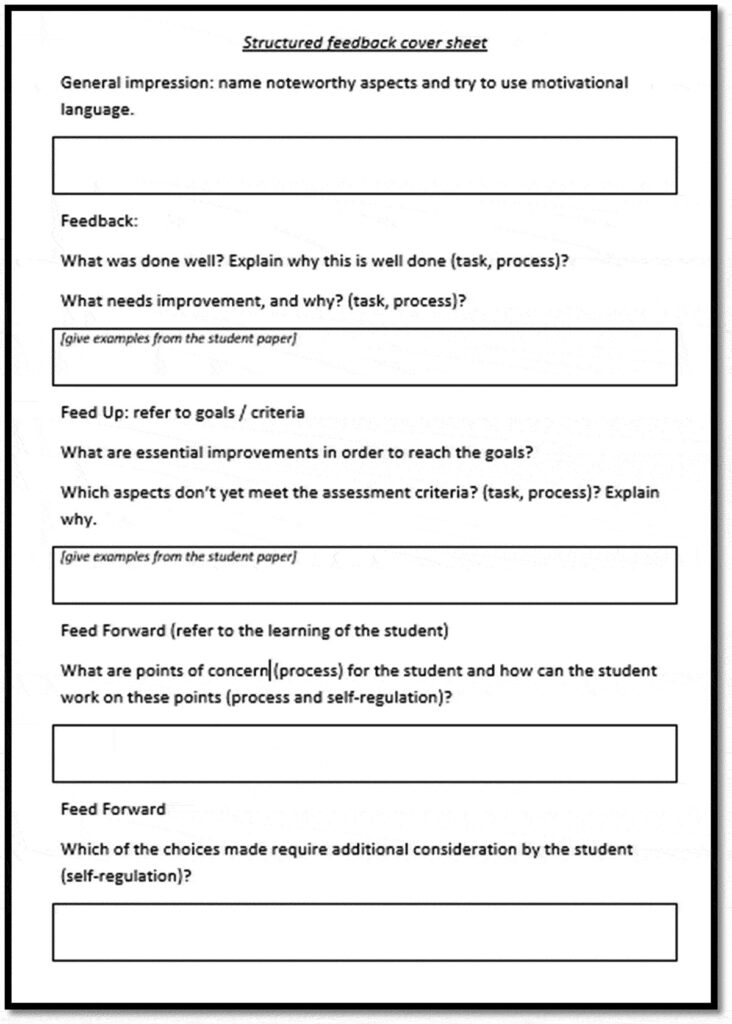I’ve been thinking and reading about ‘ungrading’.
I first encountered the argument against numerical grading of students’ performance in Sanjoy Mahajan’s course Teaching College-Level Science and Engineering, which links to Alfie Kohn’s The Case Against Grades. The term ‘ungrading’ was introduced by Jesse Stommel, who comes at the idea informed by the much broader notion of ‘critical pedagogy’. In a recent online presentation, Stommel mentioned the work of Peter Elbow, which led me to Elbow’s essay Ranking, evaluating, and liking: Sorting out three forms of judgment.
Now, I’ve read many arguments against grading — that it decreases intrinsic motivation, that grades are not effective feedback, that they do not express how much was learned, etc. — but Elbow states the case in a way I found striking:
Differences between student work are multi-dimensional.
Grades are one-dimensional.
Therefore, grades are mostly meaningless.
Peter Elbow, paraphrased.
When you put it like that, it’s so obvious! Of course grades feel like bullshit.
In the first part of his essay, Elbow argues that we should rank as little as possible. In the second part, he argues that we should try, instead, to evaluate — to provide feedback on multiple criteria. And he argues that teaching should include ‘evaluation-free-zones’, where students are free to follow their own judgement without worrying about what the teacher wants to see. I think Elbow is correct here, but this second part of the essay was hardly surprising, novel, or uncommonly insightful to me.
But then on to the last part, the part on liking. Elbow writes:
It’s not improvement that leads to liking, but rather liking that leads to improvement.
Elbow, P. (1993). Ranking, evaluating, and liking: Sorting out three forms of judgment. College English, 55(2), 187-206.
I found his discussion of the need for teachers to like their students’ work in order to be able to give good feedback spot-on. He’s talking about teaching and evaluating writing assignments, but the same goes for design projects, in my experience:
If I like a piece, I don’t have to pussyfoot around with my criticism. It’s when I don’t like their writing that I find myself tiptoeing: trying to soften my criticism, trying to find something nice to say–and usually sounding fake, often unclear. I see the same thing with my own writing. If I like it, I can criticize it better. I have faith that there’ll still be something good left, even if I train my full critical guns on it.
This!
I find it easy and natural to be excited and enthusiastic about student work. And I’ve always known that this was a big part of being able to teach well. But I had never quite put it together with my equally great eagerness to critique, to point out problems and possible improvements.
Good teachers see what is only potentially good, they get a kick out of mere possibility–and they encourage it. When I manage to do this, I teach well.
Yes!
Although I think I might need to make this more explicit to students, and to become better at pointing out what exactly I see that is potentially wonderful.
